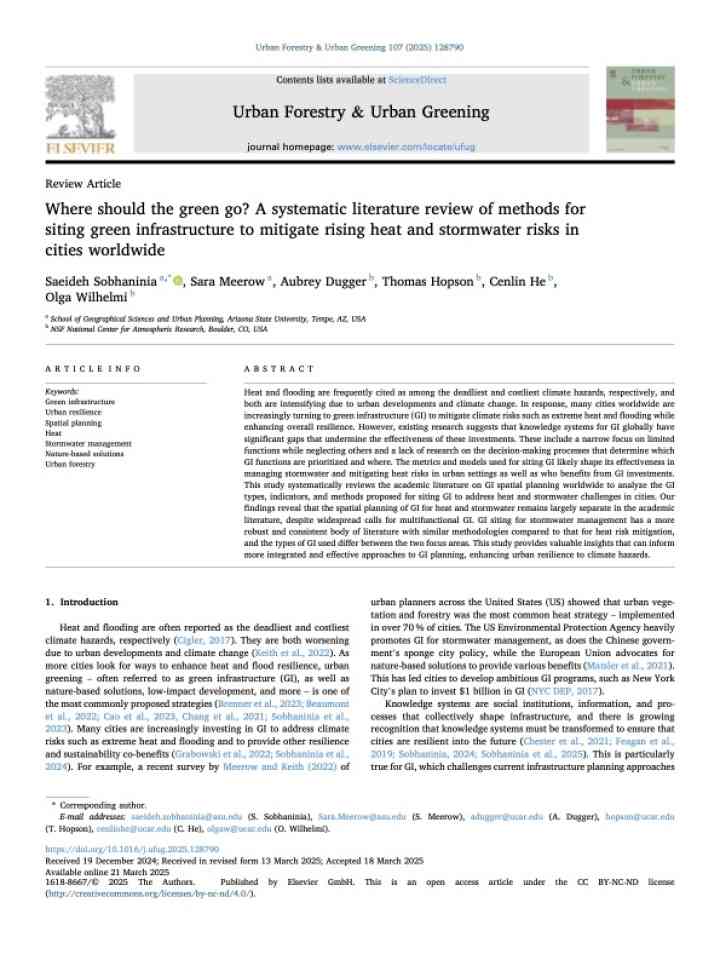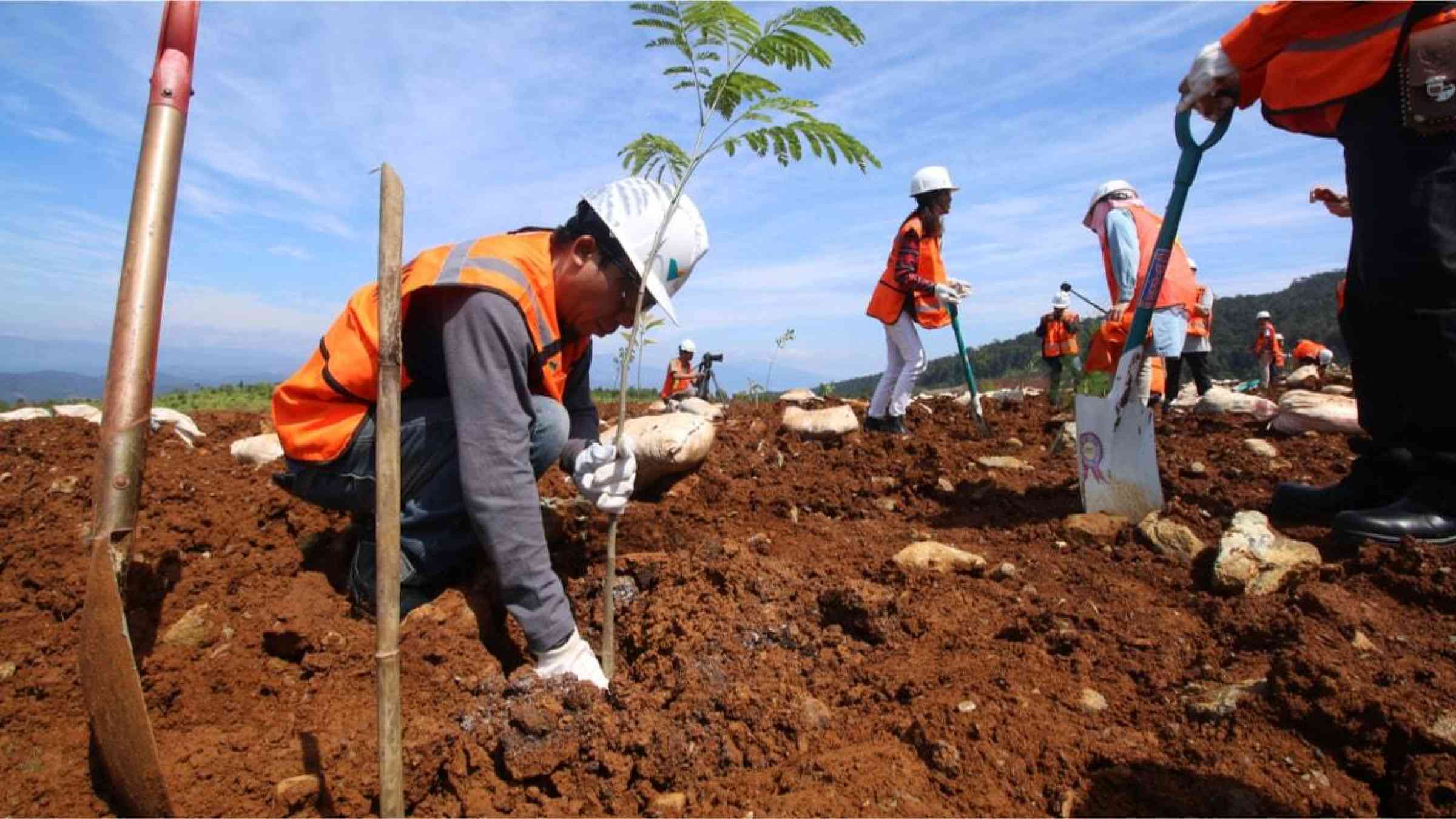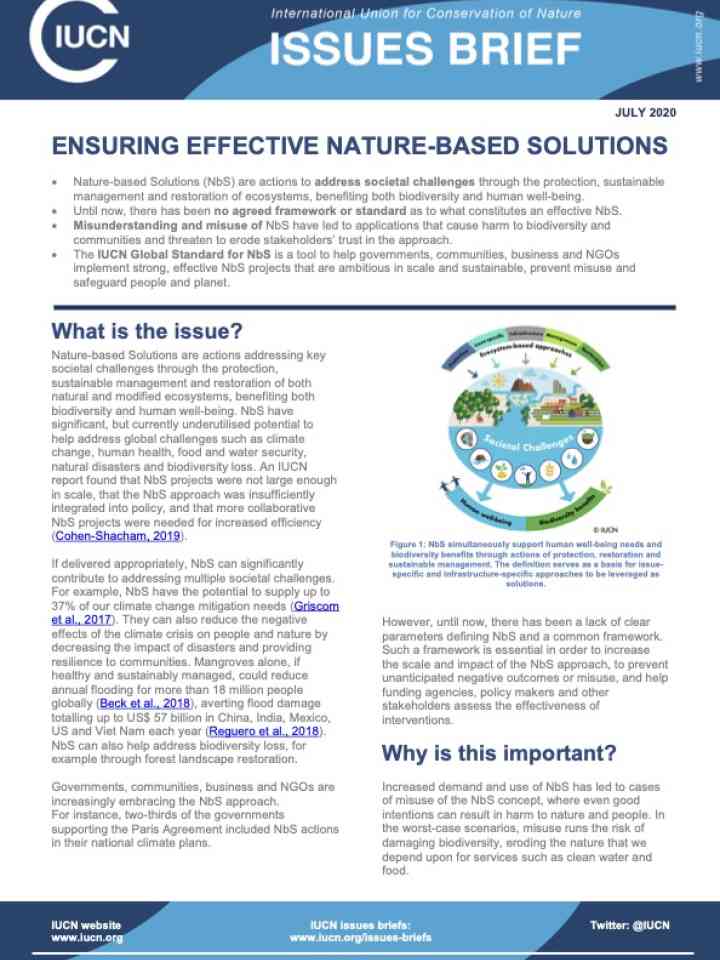Nature-based solutions for disaster risk reduction
Image

Introduction
Working with nature and green infrastructure can improve the management of water resources and contribute to reducing risks associated with water-related disasters and climate change while restoring and protecting ecosystems.
Related links






